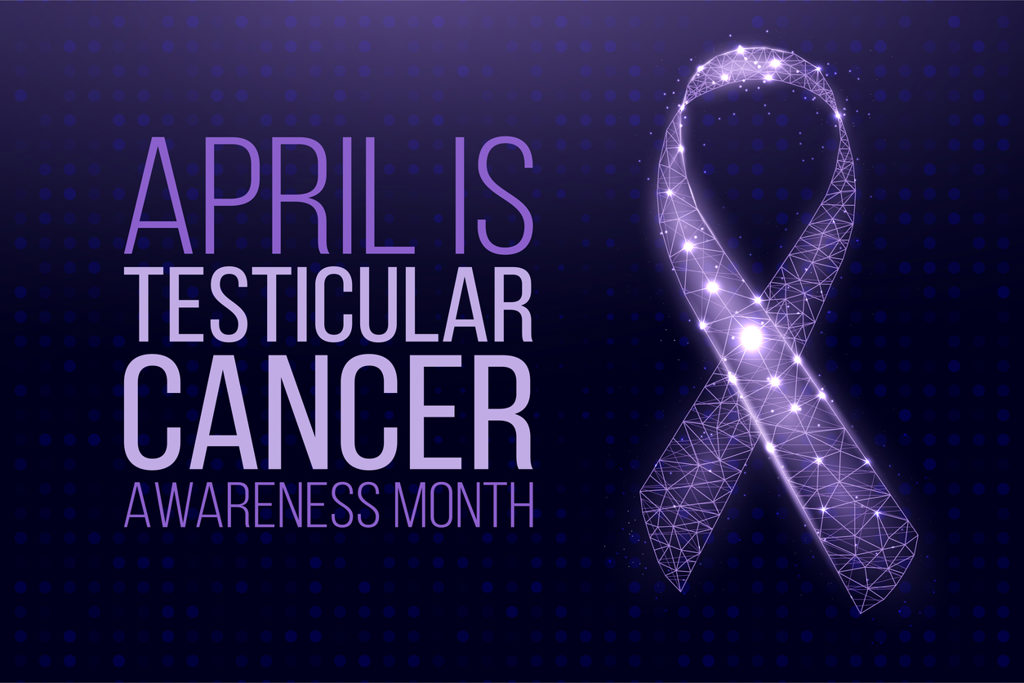
Testicular cancer is primarily a disease of young and middle-aged men
Young men may think they’re invincible, but the average age of a man diagnosed with testicular cancer is just 33 years old, and it most commonly occurs in men between the ages of 15 and 35. Fortunately, testicular cancer is rare compared with other cancers, affecting about 1 out of every 250 males.
“Testicular cancer is very treatable,” said Heather Franci, Chief Nursing Officer at Penn Highlands DuBois and Service Line Director for The Heart Center, The Lung Center, Brain & Spine and Oncology Services. “When it’s caught early, it can even be cured, and when treated, the risk of death from testicular cancer is small.”
Like all cancers, testicular cancer occurs when cells begin to grow out of control. Normally, when cells are old, damaged or abnormal, they die and your body produces new cells to take their place. When that process is disrupted and damaged cells do not die, they can multiple and grow, crowding out the healthy cells and making it hard for your body to function properly.
Testicular cancer occurs when this disrupted process happens in the testes, which are part of the male reproductive system and located inside the scrotum. The testes are comprised of many types of cells, each of which can develop into cancer. More than 90% of testicle cancers begin in cells called germ cells, which are the cells that make sperm. Testicular cancer can also start in the stroma, which are hormone-producing tissues surrounding the testes. Stromal tumors account for less than 5% of adult testicular tumors but 20% of childhood testicular tumors. Cancers that begin in other organs and spread to the testes are called secondary testicular cancers.
Signs and symptoms of testicular cancer include a lump or enlargement in either testicle, a feeling of heaviness in the scrotum, a dull ache in the abdomen or groin, a sudden collection of fluid in the scrotum, pain or discomfort in a testicle or the scrotum, enlargement or tenderness of the breasts, or back pain.
“Self-exams are one tool for catching testicular cancer early,” said Ms. Franci. “If you notice an unusual lump, swelling or pain in the area, talk to your healthcare provider.”
To perform a self-exam, stand unclothed in front of a mirror and examine the skin of the scrotum, looking for unusual swelling. Examine each testicle using both hands and placing your index and middle fingers under the testicle and your thumbs on top. Gently roll the testicle between your thumbs and fingers, looking and feeling for hard lumps, smooth rounded bumps, or new changes in the size, shape or consistency. If you notice any of these changes at any time, schedule an appointment with your healthcare provider.
Penn Highlands Healthcare offers comprehensive cancer care, from early detection to advanced treatment for all types of cancer. From diagnosis through remission and beyond, we are here to support you every step of the way. Whether you need radiation therapy, chemotherapy, immunotherapy or other cancer treatments, you’ll never need to be far from home at Penn Highlands. For more information, please visit www.phhealthcare.org/cancercare.
